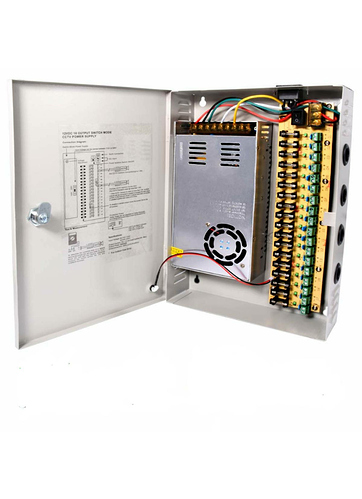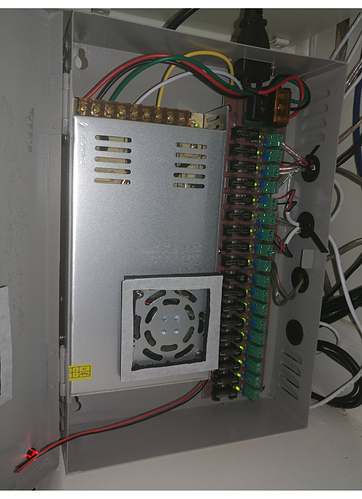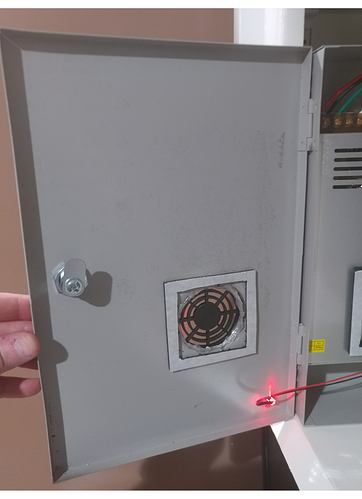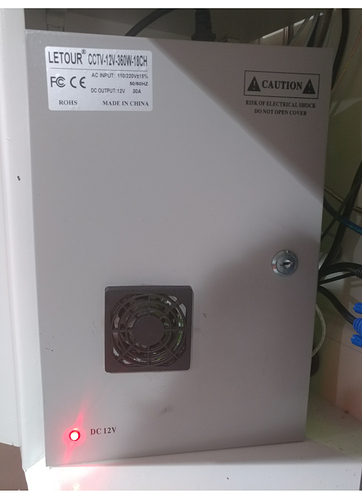Tablo 4 Tuner DVR.
Seagate 1.5TB Backups USB Drive
Linksys WRT3200ACM Router.
3 Samsung monitors.
1 Linksys 3016 Cable Modem
What do all of these have in common? They are powered by 12volts. And I just figured out that when I lose power, even though the laptop switches to battery, the sudden loss of monitors really does piss off Windows 10 and it begins to misbehave worse than WinME.
So… Has anybody measured or have any data regarding the 12volt DC input on the back of the Tablo 4 Tuner? I have a 50AH Lithium Iron Phosphate 12volt battery (Medical Grade) sitting on the shelf in the closet. It is a Lead Acid drop in replacement. Output is actually closer to 14v when fully charged, dropping to 12.5 just before the disconnect solenoid opens up. Is 14 too high for the Tablo? Any ideas of what is considered to be the MAX / Magic Smoke Release voltage? I am already planning on knocking down voltage to the router using diodes (about .6v drop each diode) and will be taking it down to 12, with a max of 13.3-13.4 when fulling charged. I don’t have a high enough supply voltage that would allow me to use even a Low Dropout Regulator (usually 2volts higher than output). I do plan on using a 12v to USB charge hub to power the hard drive via a Y Cable. 1 of the type A connections is already prevented from sourcing power, that will be plugged into the tablo. The other connection will be plugged into the charge hub, and the drive will have power all the time.
If power fails again, the battery should be able to keep everything running for at least a few hours. 50AH will power 17amps of 12vdc current for at least 2 hours. And that is worst case scenario using ratings off of the various bricks and adapters.




